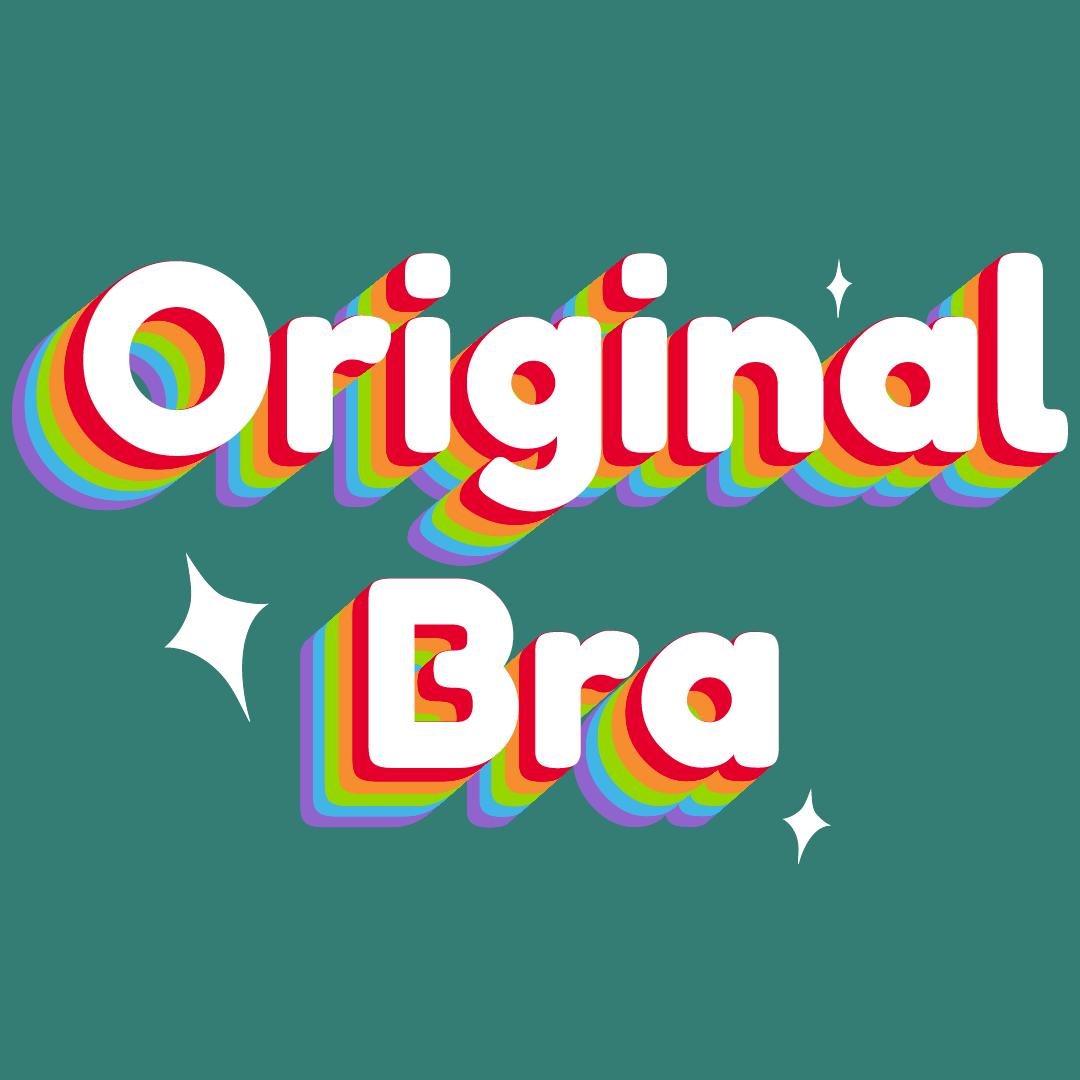As a writer and plus-size disabled content creator, I am all about inclusivity. You’ll see me talk about it all the time if you follow me. I am passionate about not only discussing my life as a fat person with multiple chronic conditions (hEDS, fibromyalgia, MCAS, endometriosis, chronic migraine, anxiety and depression) but also sharing others, as is it vital that I use my platform to educate my followers and give others a voice. For me, it’s important to share content and get it seen by as many people as possible. Sharing is caring, right?

Other than educating, representation matters to me massively. I scroll through Instagram and never see anyone like me. I post a lot of fashion content on Instagram (@fromsarahlex) – specifically disabled fashion (me in my wheelchair or using my crutches), and I noticed that only a few brands would reshare. I took a deep dive through some popular clothing brands feeds and if I found a disabled person, they were usually slim, and the plus-size people were all non-disabled. Brands seem to think that they are being inclusive and diverse by sharing straight-sized disabled people but it’s not representative of the whole community. Disabled people make up 25% of the population and within that, there are so many different body types, not just slim, palatable ones. Yes, we get it, slim, beautiful bodies sell your products but they’re not the only ones buying it. You need to be intersectional, even if that means working with fat people!
Are these brands fatphobic, ableist, or both? Or are they simply naïve?
I honestly think it’s all about aesthetics and the stereotypical opinions that comes with plus-size disabled people. ‘They’re only disabled because they’re fat.’ ‘If they lost some weight, they’d be fine.’ ‘Stop promoting obesity.’ How do social media managers reply to that? They are probably concerned they will insult their model or their customer. Let’s be real, those type of comments are not helpful so can easily be deleted and the good always outweigh the bad.
I recognised the lack of intersectionality a while back and complained about it to my friends, then I finally had some energy to do something about it. I didn’t know what I was going to do, I didn’t know where I was going to start, but I was going to make some noise and hopefully get some people on board to make some changes.
I started Fat Disabled Worthy as a small project, I wanted a few people involved to share a picture of themselves in a carousel with a few others and write a caption about with fat, disabled, worthy means to them. I initially just wanted to get the word around, to talk about how plus-size disabled people are left out of the conversation, and to show the world how many of us they were missing out on. There was a lot of interest, a hashtag was created, and I ended up creating an Instagram account because of the hype. We have over 1.6k followers, the hashtag being used daily, and a lot of interaction. I receive messages almost daily from people thanking me for creating FDW, for allowing them to have a space and feel seen, and I love that.
I have been reaching out to brands and telling them about FDW, letting them know the wonderful content creators they should be working with to make their brand more inclusive and have already had a few collaborations for some of the members, which is amazing. I am so passionate about this and want to continue to shout about it until plus-size disabled people aren’t an afterthought, until fat disabled people are seen as worthy, until we’re represented in all types of media and ad campaigns, and we have a place, always.

If you are fat and disabled, you are so worthy, you have a space with us, we love you and you are more than welcome at @FatDisabledWorthy @FromSarahLex and please use #FatDisabledWorthy.










